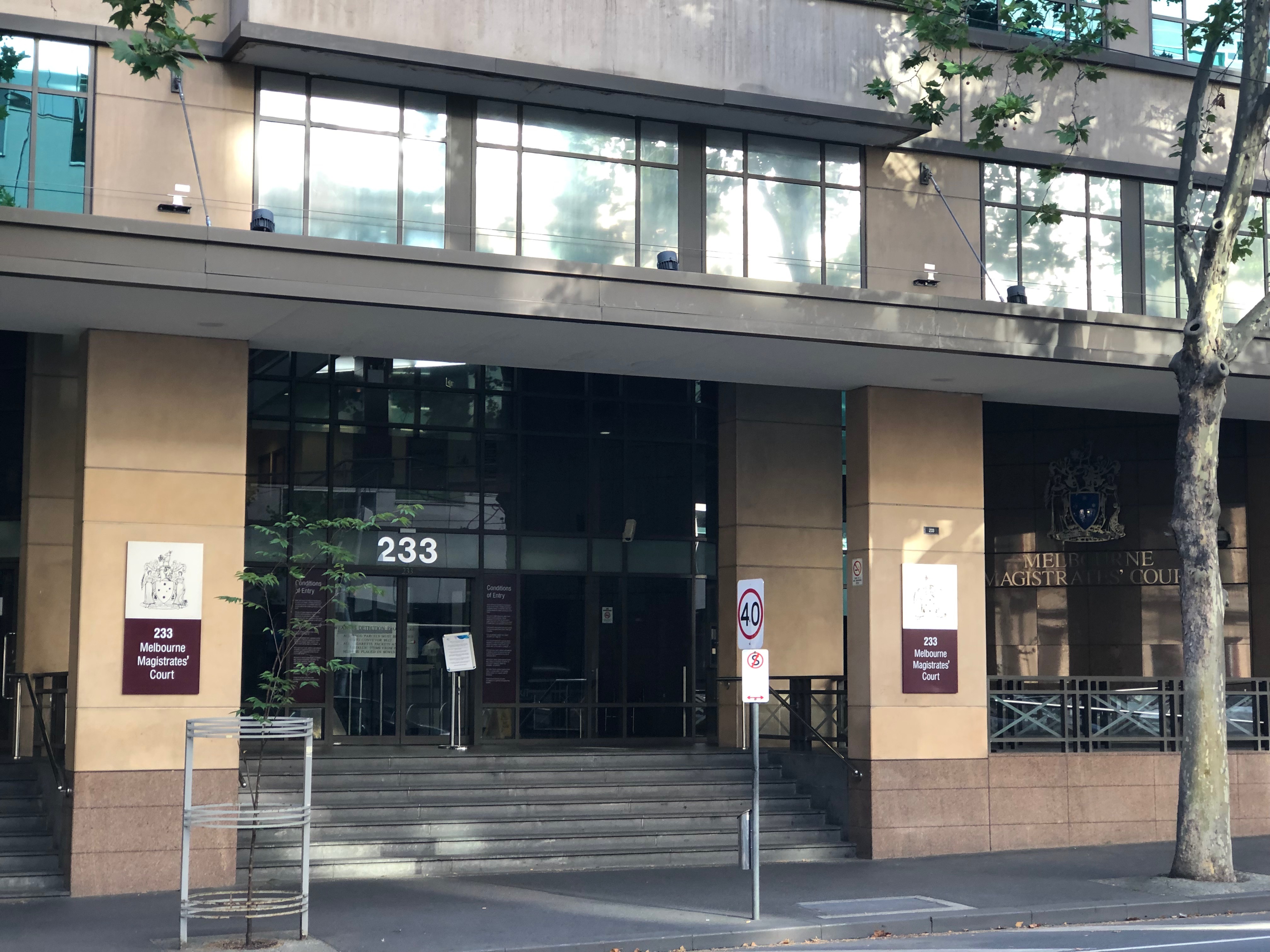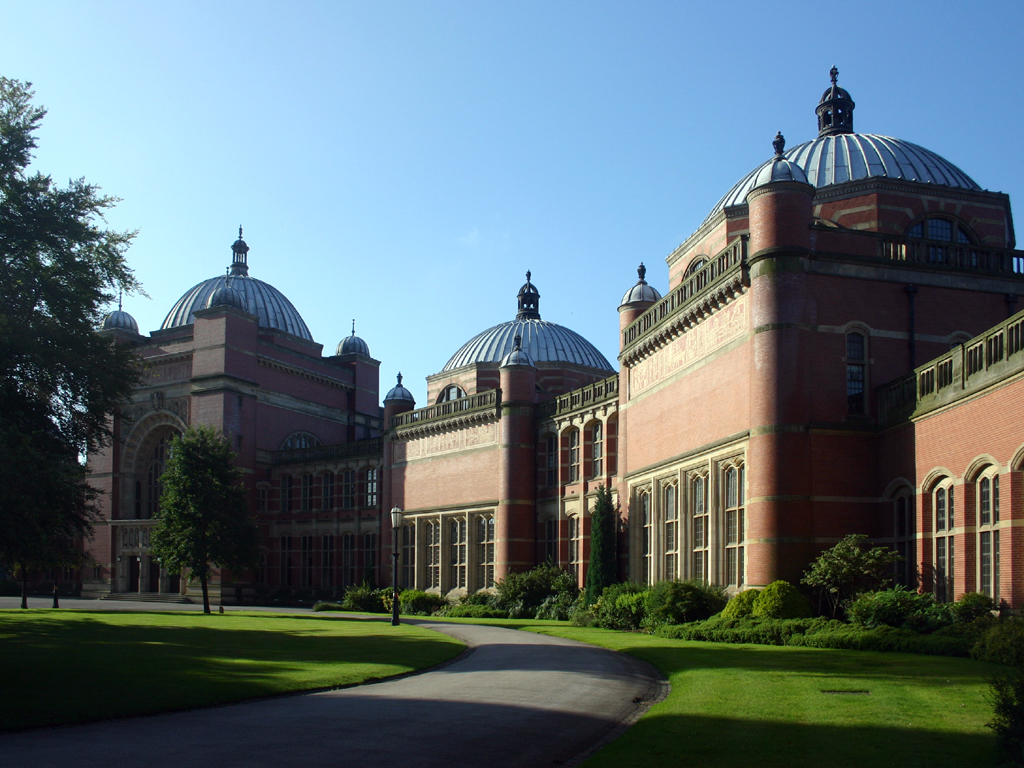|
Stokesley Town Hall
Stokesley Town Hall is a municipal building in the Market Place in Stokesley, North Yorkshire, England. The structure, which accommodates the offices and meeting place of Stokesley Town Council, is a grade II listed building. History The first municipal building in Stokesley was a tollbooth in the Market Place which dated back at least to the early 18th century; it was primarily used as a venue for the lord of the manor to hold manorial court hearings but it was also the place for the storage of a set of imperial measures, typically held by local authorities to ensure tradesmen comply with the Weights and Measures Act 1824. By the mid-19th century the building was in a dilapidated state and the then lord of the manor, Lieutenant-Colonel Robert Hildyard of Stokesley Manor, decided to replace it with a more substantial structure. The new building was designed in the Italianate style, built in ashlar stone and was completed in 1853. The design involved a symmetrical main frontage w ... [...More Info...] [...Related Items...] OR: [Wikipedia] [Google] [Baidu] |
Stokesley
Stokesley is a market town and civil parish in the Hambleton District of North Yorkshire, England, formerly a part of the historic North Riding of Yorkshire. It lies on the River Leven. An electoral ward, of the same name, stretches north to Newby and had a population at the 2011 Census of 5,537. Stokesley is about two miles south of the Middlesbrough borough boundary and eight miles south of Middlesbrough town centre. Stokesley is between Middlesbrough, Guisborough and Northallerton in a farming area. Local attractions nearby include Great Ayton, Captain Cook's monument and Roseberry Topping in the North York Moors National Park. The town was formerly one of the North Riding of Yorkshire's rural district head towns, this was from 1894 until 1974. History Stokesley was granted a charter to hold fairs in 1223 by Henry III. The Pack Horse Bridge crossing over the River Leven dates from the 17th century. Its large range of building types, including fine Georgian archit ... [...More Info...] [...Related Items...] OR: [Wikipedia] [Google] [Baidu] |
Cornice
In architecture, a cornice (from the Italian ''cornice'' meaning "ledge") is generally any horizontal decorative moulding that crowns a building or furniture element—for example, the cornice over a door or window, around the top edge of a pedestal, or along the top of an interior wall. A simple cornice may be formed just with a crown, as in crown moulding atop an interior wall or above kitchen cabinets or a bookcase. A projecting cornice on a building has the function of throwing rainwater free of its walls. In residential building practice, this function is handled by projecting gable ends, roof eaves and gutters. However, house eaves may also be called "cornices" if they are finished with decorative moulding. In this sense, while most cornices are also eaves (overhanging the sides of the building), not all eaves are usually considered cornices. Eaves are primarily functional and not necessarily decorative, while cornices have a decorative aspect. A building's project ... [...More Info...] [...Related Items...] OR: [Wikipedia] [Google] [Baidu] |
Government Buildings Completed In 1853
A government is the system or group of people governing an organized community, generally a state. In the case of its broad associative definition, government normally consists of legislature, executive, and judiciary. Government is a means by which organizational policies are enforced, as well as a mechanism for determining policy. In many countries, the government has a kind of constitution, a statement of its governing principles and philosophy. While all types of organizations have governance, the term ''government'' is often used more specifically to refer to the approximately 200 independent national governments and subsidiary organizations. The major types of political systems in the modern era are democracies, monarchies, and authoritarian and totalitarian regimes. Historically prevalent forms of government include monarchy, aristocracy, timocracy, oligarchy, democracy, theocracy, and tyranny. These forms are not always mutually exclusive, and ... [...More Info...] [...Related Items...] OR: [Wikipedia] [Google] [Baidu] |
Biffa
Biffa plc is a waste management company headquartered in High Wycombe, England. It provides waste collection, collection, landfill, recycling and special waste services to local authorities and Industrial sector, industrial and Commerce, commercial clients in the United Kingdom. , it was the UK's second-largest waste-management company. It is listed on the London Stock Exchange and is a constituent of the FTSE 250 Index. History The company, which was originally engaged in the removal and sale of ashes and Clinker (waste), clinker from London power stations, was founded in Wembley by Richard Henry Biffa as Richard Biffa Limited, in 1912. In 1958 Richard Henry Biffa's grandson, Richard Charles Biffa, joined the business and, after becoming general manager in 1963, grew the business organically and by acquisition. The business was acquired by British Electric Traction in 1971 and by Severn Trent for £212 million in 1991. It acquired the American-owned UK Waste for £380 million i ... [...More Info...] [...Related Items...] OR: [Wikipedia] [Google] [Baidu] |
Indenture
An indenture is a legal contract that reflects or covers a debt or purchase obligation. It specifically refers to two types of practices: in historical usage, an indentured servant status, and in modern usage, it is an instrument used for commercial debt or real estate transaction. Historical usage An indenture is a legal contract between two parties, particularly for indentured labour or a term of apprenticeship but also for certain land transactions. The term comes from the medieval English "indenture of retainer"—a legal contract written in duplicate on the same sheet, with the copies separated by cutting along a jagged (toothed, hence the term "indenture") line so that the teeth of the two parts could later be refitted to confirm authenticity ( chirograph). Each party to the deed would then retain a part. When the agreement was made before a court of law a ''tripartite'' indenture was made, with the third piece kept at the court. The term is used for any kind of deed exe ... [...More Info...] [...Related Items...] OR: [Wikipedia] [Google] [Baidu] |
Stokesley Railway Station
Stokesley railway station was a railway station built to serve the town of Stokesley in North Yorkshire, England. The station was on the North Yorkshire and Cleveland line between and , which opened in 1857. The line was extended progressively until it met the Whitby & Pickering Railway at . It was closed in 1954 to passengers and eleven years later to goods. The station was located south of and west of station. History A railway station had been planned for Stokesley in the 1830s when the Stockton & Darlington Railway, Stockton & Darlington Railway Company issued a prospectus for an extension of their line from Yarm to Stokesley. In the end, this line was never built and the first railway station in Stokesley came about with the opening of the North Yorkshire and Cleveland Railway in 1857. The station was opened formally on 2 March 1857 and then to the public on the following day. Stokesley was a terminus for a year until the line eastwards was opened up progressively in ... [...More Info...] [...Related Items...] OR: [Wikipedia] [Google] [Baidu] |
North Yorkshire And Cleveland Railway
The North Eastern Railway (NER) was an English railway company. It was incorporated in 1854 by the combination of several existing railway companies. Later, it was amalgamated with other railways to form the London and North Eastern Railway at the Grouping in 1923. Its main line survives to the present day as part of the East Coast Main Line between London and Edinburgh. Unlike many other pre-Grouping companies the NER had a relatively compact territory, in which it had a near monopoly. That district extended through Yorkshire, County Durham and Northumberland, with outposts in Westmorland and Cumberland. The only company penetrating its territory was the Hull & Barnsley, which it absorbed shortly before the main grouping. The NER's main line formed the middle link on the Anglo-Scottish "East Coast Main Line" between London and Edinburgh, joining the Great Northern Railway near Doncaster and the North British Railway at Berwick-upon-Tweed. Although primarily a Northern E ... [...More Info...] [...Related Items...] OR: [Wikipedia] [Google] [Baidu] |
County Court
A county court is a court based in or with a jurisdiction covering one or more county, counties, which are administrative divisions (subnational entities) within a country, not to be confused with the medieval system of ''county courts'' held by the high sheriff of each county. England and Wales Since 2014, England and Wales have had what is officially described as "a single civil court" named the County Court, with unlimited financial jurisdiction. However it should be understood that there are County Court buildings and courtrooms throughout England and Wales, not one single location. It is "a single civil court" in the sense of a single centrally organised and administered court ''system''. Before 2014 there were numerous separate county court systems, each with jurisdiction across England and Wales for enforcement of its orders, but each with a defined "county court district" from which it took claims. County court districts did not have the same boundaries as counties: the ... [...More Info...] [...Related Items...] OR: [Wikipedia] [Google] [Baidu] |
Magistrates' Court
A magistrates' court is a lower court where, in several jurisdictions, all criminal proceedings start. Also some civil matters may be dealt with here, such as family proceedings. Courts * Magistrates' court (England and Wales) * Magistrate's Court of Jersey * Magistrates' court (Hong Kong) * Magistrate's courts of Israel * Magistrate's court (South Africa) * District Court (New Zealand), replaced magistrate's courts in 1980 * District Court (Ireland), the main court of summary jurisdiction in Ireland * Magistrate's court (Russia) * Magistrate's court (Sri Lanka) Australian courts * Magistrates Court of the Australian Capital Territory * Magistrates court (Northern Territory) * Magistrates Court of Queensland * Magistrates Court of South Australia * Magistrates Court of Tasmania * Magistrates' Court of Victoria * Magistrates Court of Western Australia * Local Court of New South Wales * Federal Circuit Court of Australia (initially the Federal Magistrate's Court o ... [...More Info...] [...Related Items...] OR: [Wikipedia] [Google] [Baidu] |
Nikolaus Pevsner
Sir Nikolaus Bernhard Leon Pevsner (30 January 1902 – 18 August 1983) was a German-British art historian and architectural historian best known for his monumental 46-volume series of county-by-county guides, '' The Buildings of England'' (1951–74). Life Nikolaus Pevsner was born in Leipzig, Saxony, the son of Anna and her husband Hugo Pevsner, a Russian-Jewish fur merchant. He attended St. Thomas School, Leipzig, and went on to study at several universities, Munich, Berlin, and Frankfurt am Main, before being awarded a doctorate by Leipzig in 1924 for a thesis on the Baroque architecture of Leipzig. In 1923, he married Carola ("Lola") Kurlbaum, the daughter of distinguished Leipzig lawyer Alfred Kurlbaum. He worked as an assistant keeper at the Dresden Gallery between 1924 and 1928. He converted from Judaism to Lutheranism early in his life. During this period he became interested in establishing the supremacy of German modernist architecture after becoming aware of ... [...More Info...] [...Related Items...] OR: [Wikipedia] [Google] [Baidu] |
Modillion
A modillion is an ornate bracket, more horizontal in shape and less imposing than a corbel. They are often seen underneath a cornice which it helps to support. Modillions are more elaborate than dentils (literally translated as small teeth). All three are selectively used as adjectival historic past participles (''corbelled, modillioned, dentillated'') as to what co-supports or simply adorns any high structure of a building, such as a terrace of a roof (flat area of a roof), parapet, pediment/entablature, balcony, cornice band or roof cornice. Modillions occur classically under a Corinthian or a Composite cornice, but may support any type of eaves cornice. They may be carved or plain. See also * Glossary of architecture Gallery Abbaye Ste Foy à Conques (25) - Frises et corbeaux du chevet.jpg, Modillions carved with animal heads in the Abbaye Ste Foy in Conques (France). 20130809 dublin036.JPG, Trinity College, in Dublin. Disegno di Modiglione (mensola, chiave di volta) a do ... [...More Info...] [...Related Items...] OR: [Wikipedia] [Google] [Baidu] |








